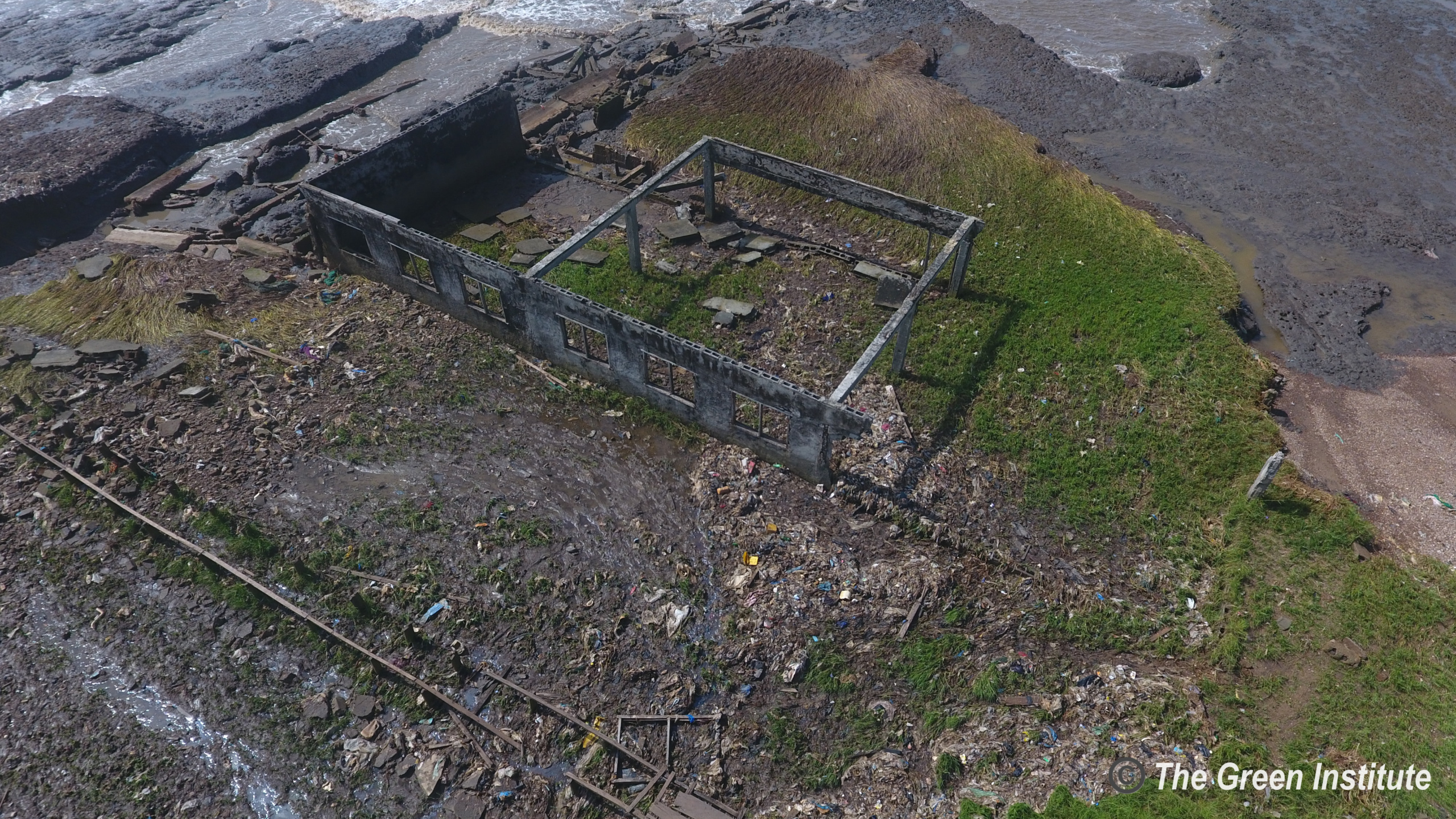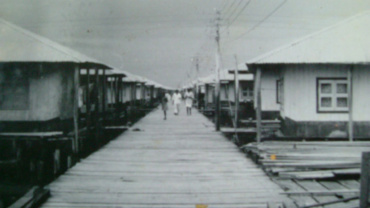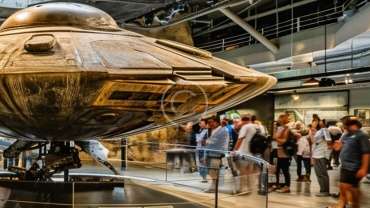In the story of Ayetoro, few achievements stand out as boldly as the construction of the seven-mile canal connecting the Happy City to the Mahin Lagoon. Dug by hand in the 1950s, this canal was not merely an engineering feat—it was a living testimony to the vision, unity, and determination of a people who believed in building their own destiny.
When the Holy Apostles’ Community founded Ayetoro in 1947, the town was accessible only by difficult, marshy paths. Traders, fishermen, and visitors had to navigate winding creeks to reach the settlement. For a people who envisioned their town as a model of justice and order, this isolation was unacceptable. The community agreed: they needed a direct waterway that would link them to Mahin Lagoon, their gateway to other coastal towns and markets. And so, with little more than shovels, hoes, and sheer willpower, they began to dig.
For months, men, women, and even children worked side by side. Under the blazing sun, they dug through sandy soil, clearing mangroves and reeds. Families took turns providing food and water for the workers. It was exhausting, backbreaking labour, but the community pressed on, driven by their shared belief that the canal would bring life and opportunity.
The work became a symbol of Ayetoro’s philosophy: no one idle, no one left behind. Every hand, whether strong or weak, found a role. Some dug, some carried earth, others sang hymns to lift spirits. The canal grew, mile by mile, until the waters of Ayetoro finally touched Mahin Lagoon.

The completed canal transformed life in Ayetoro. Canoes laden with smoked fish, palm oil, and agricultural produce now glided directly into Mahin Lagoon and beyond, reaching markets that had once felt distant. Traders from other towns could also enter Ayetoro with ease, bringing new goods and ideas.
The canal was more than a transport route—it was a lifeline. It connected Ayetoro to the outside world, boosting its economy and strengthening its identity as a thriving, organized community. Visitors marveled not only at the ingenuity of the canal but at the unity of the people who had built it.
Today, the canal still carries the memory of those who built it. Though erosion and sea incursions have scarred Ayetoro, the story of the seven-mile canal endures as a reminder of what unity can achieve. It remains a symbol of resilience—a path carved through water and earth that linked not just two places, but also past, present, and future.
The canal is more than history; it is proof that the Happy City was built on courage, vision, and the unstoppable power of a united people.




